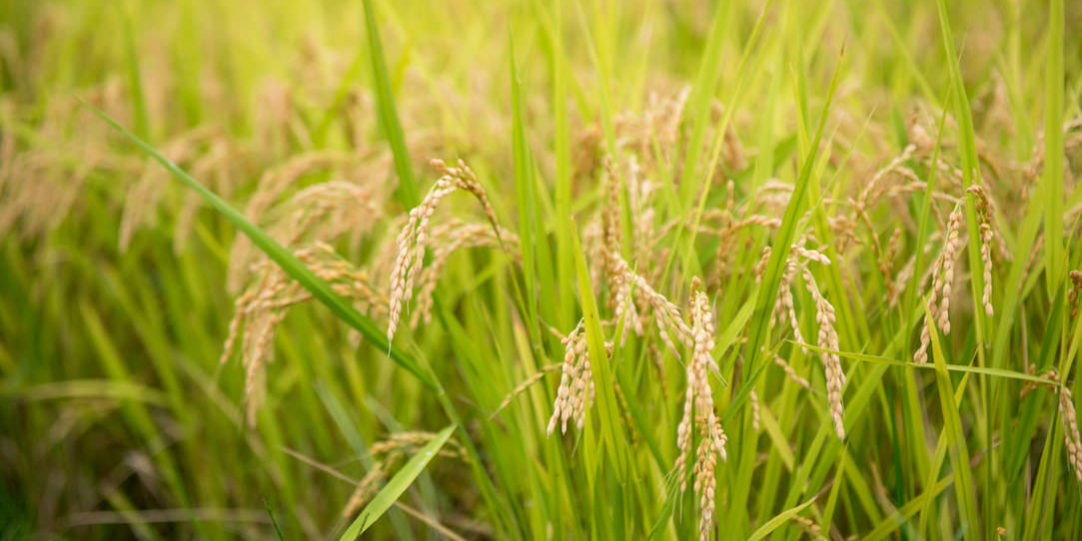Late last month, the sake of Yamagata Prefecture was officially granted GI (Geographical Indication) status by the National Tax Administration. This means that they have secured the right to call their sake “Yamagata” sake, and that no one else can do that. This is similar in letter and spirit to putting the term “champagne” on the bottle.
In truth, while historically many sparkling wine producers outside of Champagne, France wanted to–and did–use the region’s name on the bottle, it is unlikely that any sake brewer outside of Yamagata would seriously want to put Yamagata on their label. Regardless, now they can’t. The designation is significant in terms of helping sake grow its reputation worldwide, in attracting more deserved attention to the category, and as a marketing tool for that region.
Currently, of Japan’s 47 prefectures, Yamagata is the only one to have secured this designation. There is one more small region within Ishikawa Prefecture that has secured a GI, Hakusan Kikusake, but it applies to only the five breweries in that immediate vicinity. Yamagata is the first to have it apply to all 51 kura in the prefecture. The Yamagata Brewers’ Association will oversee things, and indications are that they will create a graphic image indicating the Yamagata GI for use on their labels.
Also, there is one more Geographical Indication that is active in the sake world: that of sake itself. The terms Japanese Sake and Nihonshu were both designated as Geographical Indications in December of 2015. Again, this means that no sake made outside of Japan can be labelled Japanese Sake, or Nihonshu. And while some may say that few, if any, brewers outside of Japan would want to anyway, the indication itself shows how the industry and government are getting more proactive in marketing sake around the world.
There are of course a few curiosities involved. For example, in order to qualify for something like this, a product (any product applying for a GI) must possess qualities or a reputation that are due to that origin. Securing such a designation gives the region and its producers the exclusive right to an appropriate indication on the label. However, the descriptions for how Yamagata sake should taste are quite vague, with the closest to concrete being “clear in taste.” This could, in actuality, apply to a host of regions in Japan, and is not limited to Yamagata.
Furthermore, sake made in Yamagata (or in the other GI region, Hakusan) does not need to be made with rice grown in that prefecture. This might raise a few eyebrows worldwide.
But both of these things are a function of the reality in the sake world in Japan. Rice can be–both practically and legally–shipped around the country. Being a grain, it is much more stable than fruit might be. It is part and parcel of how the sake industry and the agricultural industry function and flourish. It’s just the way it is here, and that is fine.
The same applies to the flavor profile of the sake. It needs to be defined as being a function of that region, and so much more goes into the flavor profile of a sake than just the rice. Weather, cuisine, technique, skill, intention and more combine to create sake styles, and Yamagata has plenty of unique character to back up the Geographical Indication.
However, just where this goes from here remains to be seen. In truth, few prefectures have as clearly identifiable a style as Yamagata does. By my estimation, maybe 20, perhaps 25 if prefectures push the envelope. Not every prefecture in Japan would be able to secure such a designation.
Nevertheless, the fact that they are doing it at all is indicative of a previously unseen effort at drawing well deserved worldwide attention to the sake of their region, and also at the same time, sake as a category. It certainly bodes well for sake in 2017.
So congratulations to Yamagata. All in all, this is a wonderful development for the sake world and its potential for continued global expansion.






